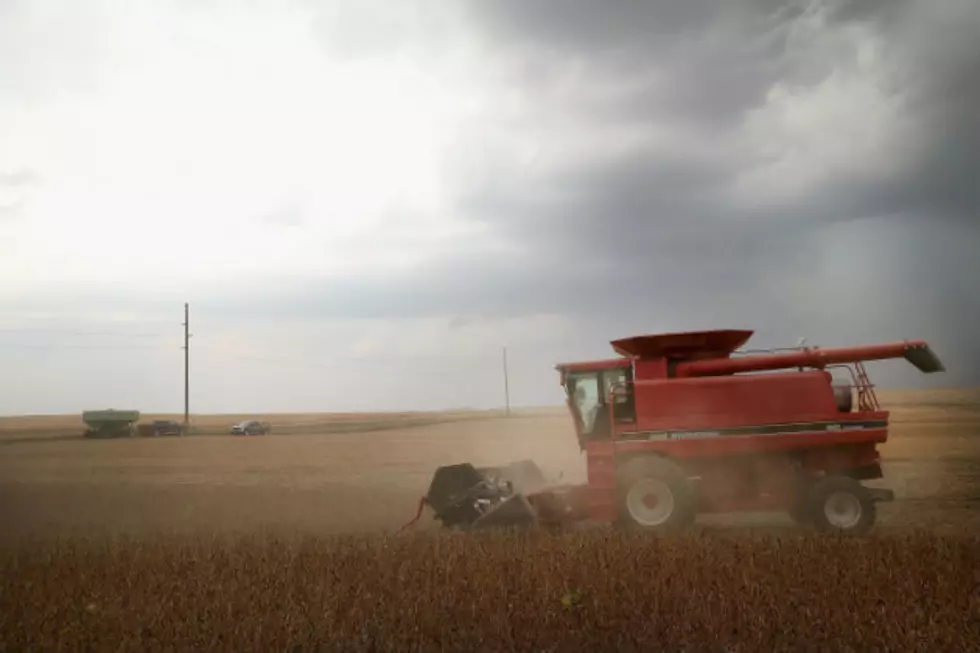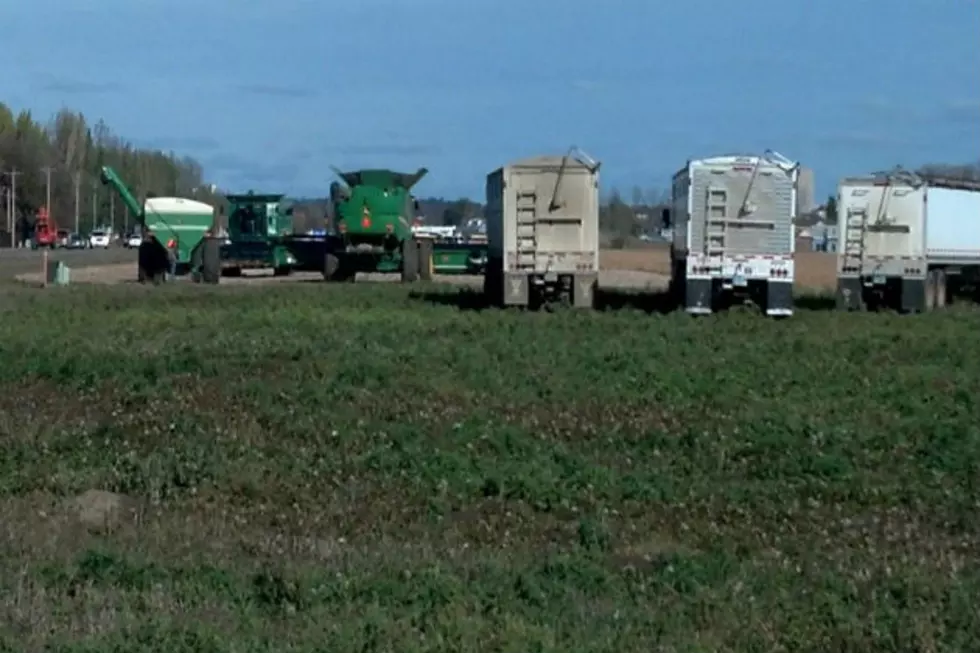
New Super Weed Could Be A Problem For NoDak Farmers
Let's see, 2020 has brought us coronavirus, Super Hornets, Jumping Worms and now a "Super Weed", that our farmers are going to have to deal with. The official name of this weed is Palmer Amaranth. According to an article in the Bismarck Tribune, It can grow up to 7 feed tall and is strong enough to stop combines. YIKES. This super weed can grow as much as 3 inches per day and can produce hundreds of thousands of seeds. A heavy Palmer Amaranth infestation can cut soybean and corn yields up to 91%. Double YIKES!
It's been found in 10 counties across North Dakota so far, and the 2nd one in 2020 just showed up in Stutsman County. Stutsman County is located just a couple of counties east of Bismarck, that is home to the city of Jamestown. Palmer Amaranth was also found earlier this year in Benson County. It also showed up in Benson County in 2018. Other counties this super weed has been found include, Sioux, Emmons, Grant, Morton, Dickey, McIntosh, Foster and Richland.
So where did this super weed come from? It originated from the deserts of the southwestern U.S. and northern Mexico. It first showed up in North Dakota in 2018 in a soybean field in McIntosh county.
What can farmers do to prevent the spread of Palmer Amaranth? According to Agriculture Commissioner Doug Goehring, Farmers should scout fields and clean excess dirt and plant debris off equipment between fields to prevent unintentional spread, according to the article in the Bismarck Tribune. Harvest is in full swing and with equipment coming in and out of fields, now is the time to be vigilant and try to prevent the spread of Palmer Amaranth. Just another something to worry about in 2020.
The Top 10 Mispronounced City Names in North Dakota
More From US 103-3


![Mother’s Day Snow and Rain Could Be a Mess But Will Help Farmers [VIDEO]](http://townsquare.media/site/505/files/2015/05/MD-snow.jpg?w=980&q=75)






